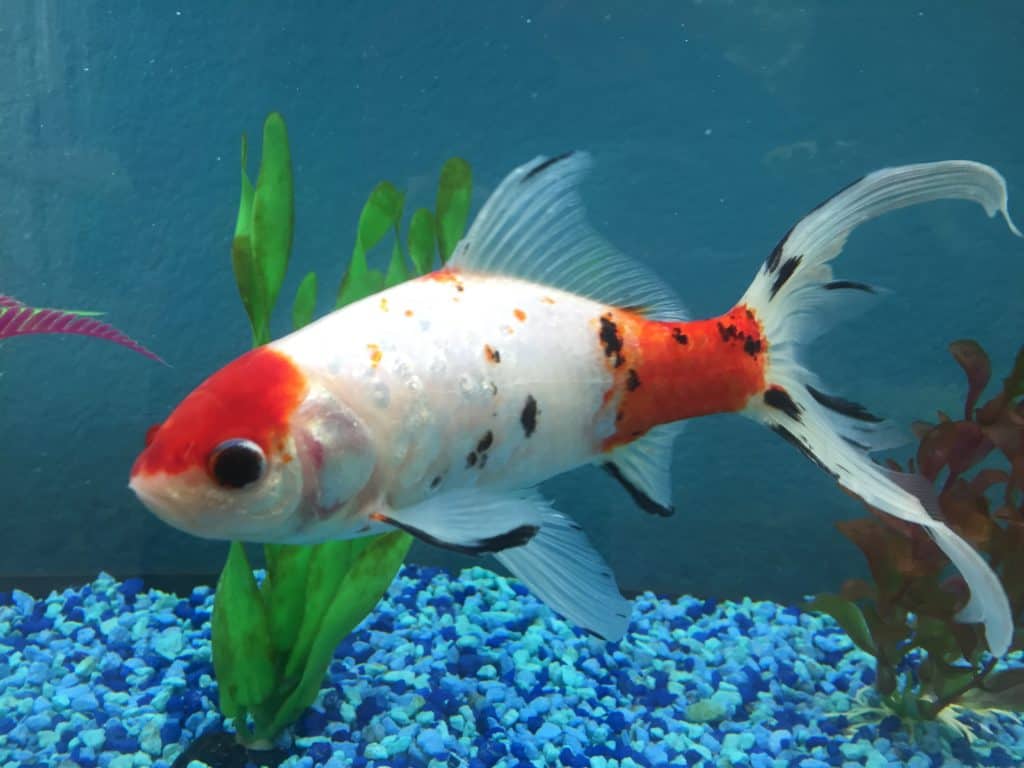If you own pets, they better be a part of your disaster planning. No matter where you live in the world, there is some sort of disaster that can strike with little to no warning. If you haven’t started planning, we recommend taking a look at the AVMA’s Disaster Preparedness website.
After reading that, you may notice that pet fish, either in tanks or ponds are not mentioned. This guide was written as a supplement for anyone wondering what to do with their aquatic pets in an emergency.
Disaster planning if you have to leave your home:
Fish Tanks
In case of potential flooding, move your tank to a higher floor, away from any windows on a solid surface. On the floor is just fine, just make sure nothing can fall into the tank. Do NOT add a ton of “extra” food or those awful vacation feeders. Do a 50% water change to give your nitrogen cycle some extra room.
Do not plan on taking your fish with you unless you have safe transportation and a known destination.
It is easiest to transport small fish in a standard 5-gallon bucket with a lid and a hole for an air pump. Do not add any decor. Get a power adapter for your car so you can plug in the air pump. Set the bucket on the floor by a seat. The lid will allow you to drive a little more aggressively if necessary.
Bring a couple extra gallons of water, but know that you may not be able to use them for your fish.
Fish Ponds
The same as with fish tanks, do NOT feed any extra food.
Brace any outdoor filtration components, but make sure air can still circulate. Perform up to a 50% water change so your fish will have the best water possible. Add an additional aerator and plug it in away from the other electrical components as a back up source.
If able, stretch netting over the entire surface to prevent debris from falling in the water. Nylon string netting is preferred over plastic.
If you are able to take your fish with you, you MUST have a suitable destination READY. NOT the hotel bathtub! Pack them in large, fish-safe plastic bags: 1/3 water to 2/3 air. Top off with 100% oxygen if you have access. (Don’t steal grandpa’s!) Place the bag in a box with strong sides or plastic cooler.
When loading large fish into your car, face them perpendicular to the forward motion of your car to keep them from slamming into their faces when you hit the brakes. Try to pack them on the inside of the car. The bed of a truck is fine, just make sure to cover them and don’t let the boxes slide around.
Disaster planning if you are NOT leaving your home
Fish Tanks
Stock up with water in case you have to do more water changes. If you have any additional hospital tanks, FILL THEM! Any bucket that holds a decent amount of water (1 gallon or more) could come in handy for you or your fish. Make sure you have enough conditioner to make it safe for fish.
If you lose power, you will have to do more water changes. You will also need to cut back or stop feeding to limit the ammonia in your tank. Oxygen can be added by adding 1 ml hydrogen peroxide per gallon. This will provide additional oxygen for 24 hours.
Fish Ponds
As before, try to do a big water change before you know you will lose power. Make sure all fail safes to prevent the pond from draining are activated.
Cease all feedings. Trying to do a water change for a pond without electricity is extremely hard and tiring. If possible, remove water from the pond using a bucket. Add conditioned water back in. If you have a temporary hospital tank, FILL IT.
As with all disaster planning, make sure you have a written plan and the entire family knows what to do for X emergency. We understand that your fish may be an afterthought, but please, at least consider them for a moment. You have taken this animal into your home and are responsible for giving them the best life possible. Please include your fish in your disaster planning.


Thank you SO MUCH for publishing an article about emergency preparedness for fish. With the recent power outages, I planned in advance and bought a few battery operated air stones, but now I know about the hydrogen peroxide too. My fish are definitely a huge priority as I’m sure they are for most of your clients!
Yes, thank you very much for publishing this. It’s so rare to see any guidance for preparing for companion (or other) fishes in the case of disasters or emergencies. Shame on the AVMA for not mentioning them in its disaster preparedness website. Companion fishes shouldn’t be an afterthought, though, and they deserve much more than a moment’s consideration. They deserve forethought and careful consideration. It may well be a matter of life or death: theirs!